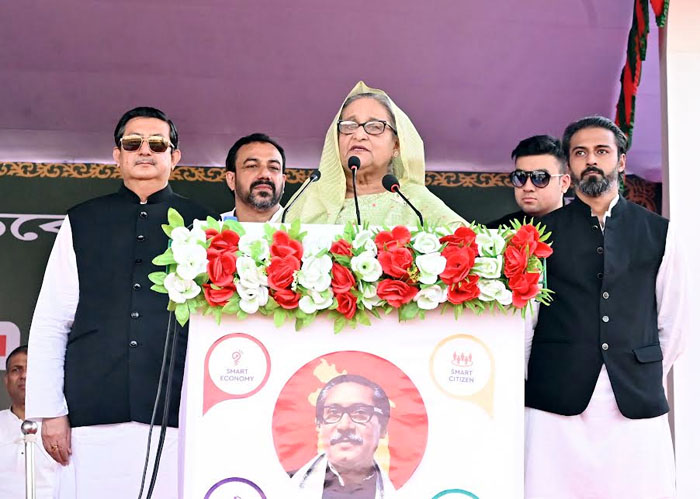 Moon Desk: Efforts to drive Muslims out of the state have gathered pace despite the fact that the community had played a dominant role in the campaign for the creation of a separate hilly station in 1990s. The alarming situation in the state has somehow escaped national attention. But the moves to get rid of Muslims from the state have lately reached dangerous levels.
Moon Desk: Efforts to drive Muslims out of the state have gathered pace despite the fact that the community had played a dominant role in the campaign for the creation of a separate hilly station in 1990s. The alarming situation in the state has somehow escaped national attention. But the moves to get rid of Muslims from the state have lately reached dangerous levels.
Hindutva Watch, an initiative to monitor reports of attacks on members of religious minorities in the country, recently uploaded a video of a young Hindu priest, Dhirendra Krishna Shastri, popularly known as Bageshwar Dham Sarkar delivering a hate speech targeting Muslims. The video shows him saying openly that the construction of mosques wouldn’t be allowed in Uttarakhand. The priest, his supporters claim, heals the sick and cures people possessed by ghosts, goes on to add that Hindus won’t accept the presence of any other religion in India.
Communal tension, a norm in most of the north Indian states, has been significantly absent between Uttarakhand’s religious communities. The state probably has a higher proportion of Brahmins than any other state, estimated at around 20% of the population. The often-violent movement for the creation of a new Uttarakhand state in the 1990s was substantially sparked by the decision of the then Mulayam Singh government in Uttar Pradesh to extend reservations in government jobs to members of Other Backward Classes (OBCs).
Muslims constitute around 14% of the state’s population. The present canvassing for the ejection of the state’s Muslim population rests on three main factors: the pristine sacredness for Hindus of the hill state and the exclusive indigeneity of Hindus in this holy land, threatened by the surge of Muslim outsiders. The third is the conspiracy theory of Muslims involving in the battery of jihads – population jihad, love jihad, land jihad, mazaar (mausoleum) jihad and, most recently, vyapar (business) jihad, a Scroll.in report said this week.
These arguments, the report said, are propagated vigorously by an extensive network of the Rashtriya Swayamsevak Sangh (RSS) and its Hindutva affiliates that have expanded to remote mountainous corners of the state. There are 1,400 RSS shakhas or branches in Uttarakhand and plans are underway to double the number in the next two years. Sangh workers explain that their work is cut out for them: they must warn the Hindu people of the dangers that Muslim residents of the state pose to the purity of their ‘holy land’.
Hatred against Muslims is fuelled and legitimised by Hindu religious leaders in saffron, who do not desist even from calls for mass rape and genocide. Their discourse is amplified exponentially by right-wing publications, the social media and a widely communalised local press. All of these get embedded into ruptured social and economic relations by calls for boycott, expulsion, and occasional acts of violence against Muslims, the report said.
There can be no doubt that the campaign to oust Muslims from the state has the blessings of those in power. For over three decades Chief Minister Pushkar Singh Dhami has been a dedicated RSS worker. Though a political lightweight then, he was catapulted to the post of the chief minister in 2021. Dhami is the eyes and ears of the RSS and it is not surprising that he was again elected chief minister even after losing his assembly seat in the state elections in 2022.
The campaign to expel Muslims from Uttarakhand is, in fact, of much older vintage. Madan Mohan Malviya, founder of the Hindu Mahasabha, had constituted Ganga Sabha in the early 1900s. It campaigned to restrict Muslim presence near Har ki Pauri in Haridwar. Ujjwal Pandit, an office-bearer of the Ganga Sabha was quoted by the Caravan as saying that even today the bye-laws of the Haridwar municipal council prohibit non-Hindus from running any business or buying a house, and from the sale of alcohol, cigarettes, and meat and eating meat within four kilometres north and south of Har Ki Pauri.






